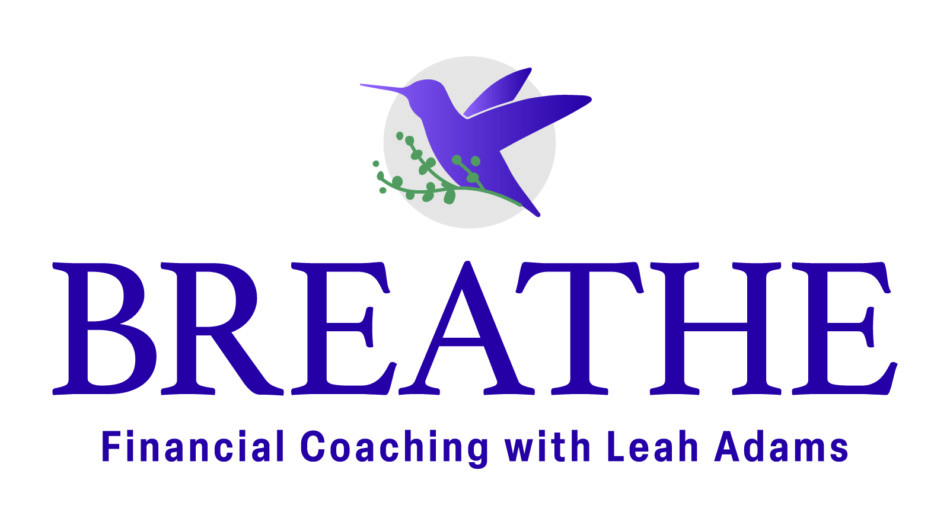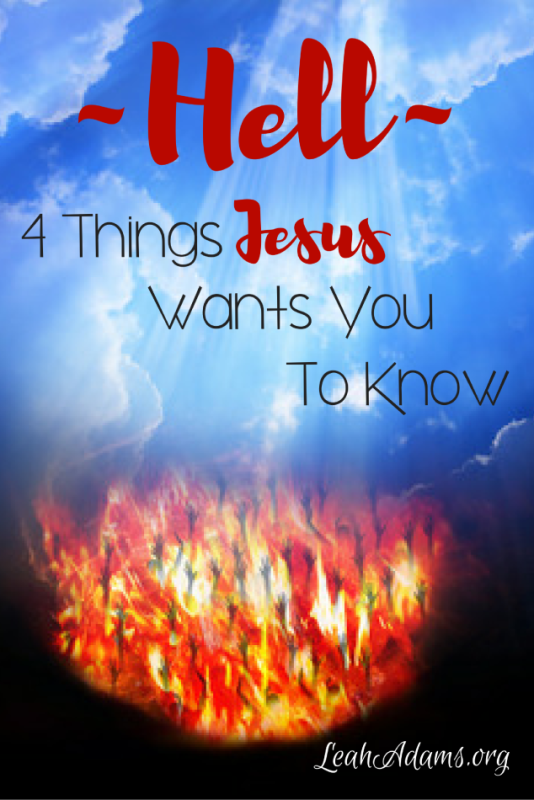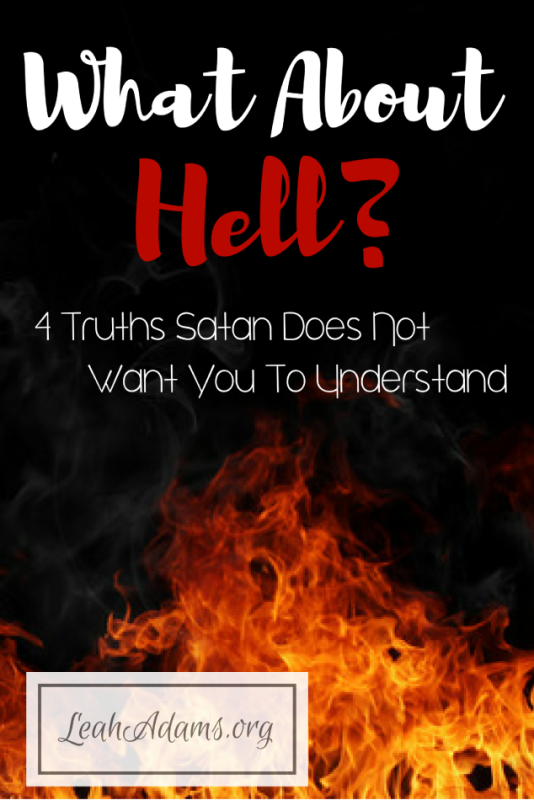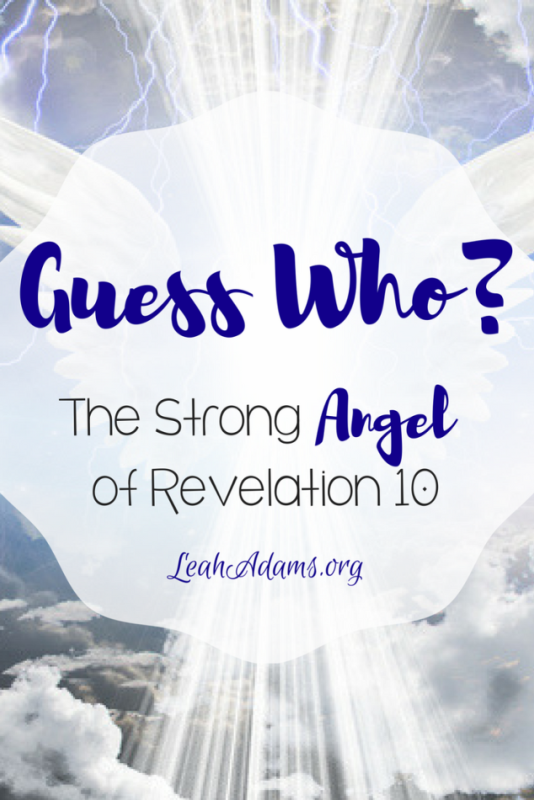Welcome back to our study of the Seven Churches of The Revelation. Today we continue our background work by examining who the audience for the letters was. We will also examine the identity of the author of the book.
The author of The Revelation gives us a few clues in chapter 1 as to who the audience would be, and he does it through progressive revelation.
- In verse 1 the Greek word for servants is doulos, which literally meant ‘slaves’, but not just any slave. This person was one who served out of love for his master. So, the audience would consist of those who considered themselves bondservants to a master.
- In verse 3 the author goes on to state that the audience would consist of readers, hearers,and doers.
- Verse 4 reveals that the audience lived in what is today the nation of Turkey. In antiquity the area was called Asia Minor.
- The audience had suffered persecution according to verse 9.
- Finally, in verse 11 the identity is of the home churches of the audience is revealed. The audience would be the churches in Ephesus, Smyrna, Pergamos, Thyatira, Sardis, Philadelphia, and Laodicea. The churches listed were positioned in key cities of the seven postal districts of Asia Minor, and would have been a central point of information dissemination for the inhabitants of the areas. They appear in the order that a messenger traveling for the purpose of information dissemination would have come to them after landing at Miletus. Copies of the book would have been given to each church.
Now, let’s consider the author of the book of The Revelation.
In spite of the self-identification by John three times in the first chapter, there are four possible authors that have been postulated:
- John the apostle (most common),
- John the Elder,
- an unknown John (possible a pen name),
- John the Baptist.
None of these have strong evidence other than John the apostle. Evidence for John the Apostle includes testimony by Irenaeus, who was a disciple of Polycarp (death AD 155). Polycarp was a disciple of John the apostle. Also Justin Martyr (AD 135) and Clement of Alexandria, as well as Tertullian in the 3rd century name the author of The Revelation as John the Apostle.
Commentator John MacArthur in the MacArthur New Testament Commentary – Revelation says (p.7) that only the gospel of John and The Revelation refer to Christ as the Word (John 1:1; Revelation 19:13). The Revelation frequently describes Christ as the Lamb—a title elsewhere given to Him only in John’s gospel. Both the gospel of John and Revelation refer to Jesus as a witness (John 5: 31-32; Rev. 1:5).
The following chart from Warren Wiersbe helps clarify the writings of John the Apostle and how each of his Biblical offerings are interconnected with the other.
Gospel of John Epistles Revelation
Believe, 20:31 Be sure, 1 John 5:13 Be ready, 22:20
Life received Life revealed Life rewarded
Salvation Sanctification Sovereignty
Prophet The Priest The King
It is of note to remember that John would have been living under less than ideal conditions when he wrote The Revelation. He was probably in his late 80’s, and possibly his 90’s. He was a political prisoner on the island of Patmos. Patmos was a small, crescent shaped island about 40 miles off the mainland where Roman prisoners were banished to endure hard labor and horrific conditions. John would have worked very hard, had little food, and slept on the ground, in all likelihood.
In chapter one, we find John worshipping in the Spirit on the Lord’s Day. He was not sitting around feeling sorry for himself. He did not have air conditioning, padded pews, upbeat worship music, or a stimulating sermon, yet he worshipped. Perhaps there is a lesson in this for us all?
Join me next week as we view the risen, reigning Messiah manifesting Himself to John.
MEDITATION MOMENT: What information from today’s lesson was new to you or struck you with fresh clarity?










